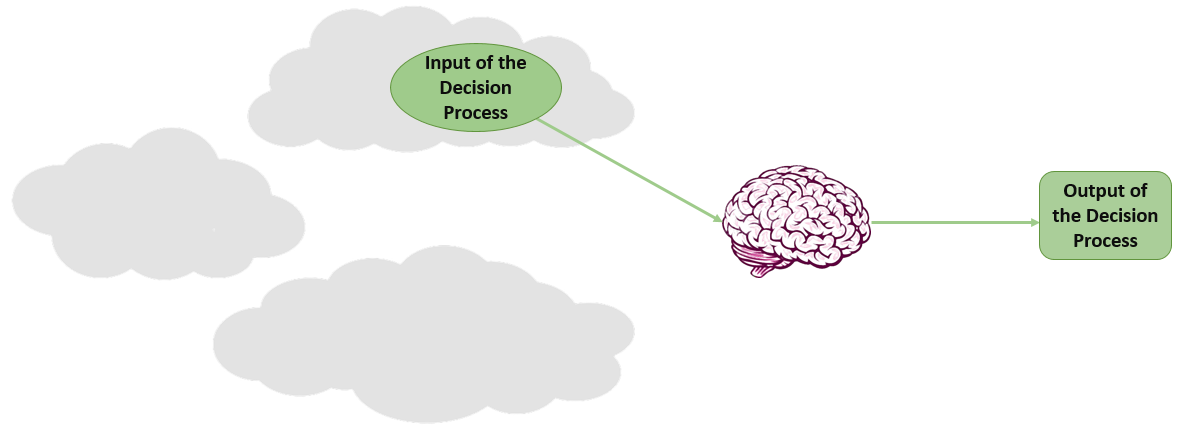Quantum physicians argue that the smallest possible time interval is 10 to the power of minus 43 seconds, AKA Planck time. They see any duration of time as a consecutive series of these Plank time slots. I believe that for each person there exist similar- yet quite larger- time slots, those of which during each one he or she makes exactly one decision. Let us call one of these time slots SCDMTS, i.e., the self-conscious decision-making time slot. Therefore, one can divide each human’s lifetime into consecutive series of these SCDMTSs.

I guess that the SCDMTS ranges from a few seconds to hundreds of seconds for different people. I see everything in daily life as a decision-making process; even when I am reading a book for one hour continuously, I am making tens of decisions i.e., I am answering to the question: “Do I want to continue or to stop reading?” once during each SCDMTS.

Therefore, I believe that the decision-making is the only _or at least the main_ thing we do in our life. This is why I believe it is better for all of us to study the process of decision-making. Recently, many authors studied this process and argue that we, as humans, are terrible in decision-making. They have prepared a lengthy list of our typical decision errors. While I want to encourage the reader and myself to study more books and papers on this topic, I want to squeeze the essence of my readings on this topic (until now) into one sentence:
While the human brain’s processing power is limited, it is also stupid in choosing the most important, reliable and relevant information to process.
We also face the same problem in computer science. It is a common situation in computer science where you have too much data that it is not possible for one single processor to load it all and process it in a real-time manner. Despite what computers do to solve this difficulty, what our brain does is this: it simply ignores most of the data and focuses on a small portion of it. Then it makes its decisions based on this tiny amount of information. The most frustrating part of it is that it selects this tiny portion mostly based on its accessibility. In other words, our brain is too lazy to check for importance, reliability or relevancy of the data it processes; it just picks the first thing it finds and starts processing it.
It is not easy to increase the processing power of the brain (at least at nowadays) but we can train our brain to be smarter in selecting its processing input. This is not an easy training though, it is necessary if we are sick of our normal (I mean stupid) brains and the decisions they make.

This post may seem ambiguous and complicated if the reader is unfamiliar with the topic. I believe it may be clearer if you first read through these web-pages: 1, 2, and then come back and reread this post.
Note: I really do not wish to make it complicated more than this but just let me add that the truth is that the amount of the SCDMTS also changes for each person from time to time based on his or her consciousness at the moment.